This page explores how to use images in the JSOM web template.
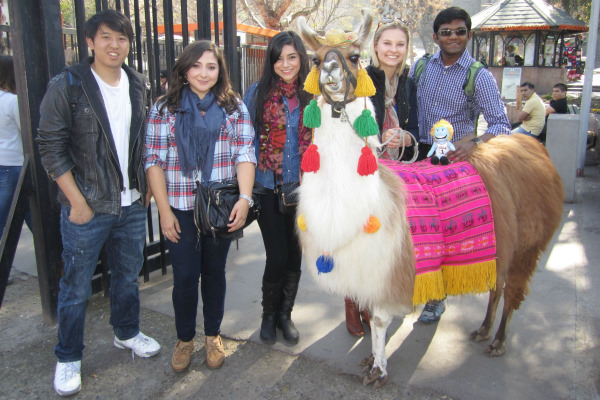
Images Overview
Images add life, color and emotion to a web page. And deploying images thoughtfully can make a page more useful for our visitors. Generally, we only use images that serve a specific purpose, such as:
- putting a face to a name,
- creating a sense of what it would be like to join a program or attend an event, or
- representing a piece of information with an icon to reinforce comprehension.
The block you’re looking at right now is the standard block for opening a page. It consists of an image with class right45, an h2 with class top-header, and some descriptive text that introduces the page.
Guidelines for Using Images
Use one image per page, as a rule of thumb.
Sometimes no image is needed or available; sometimes many are. But one great image is often all that is needed because:
- more images slow down the page’s load time, which affects user experience and search ranking,
- multiple images distract users from the purpose of the page, and
- one appropriate image often means that the page is well-organized and focused on its purpose.
Use JPG and PNG formats appropriately.
Use .jpg and .png formats appropriately to optimize the file size and image quality.
- Photographs should be in .jpg format.
- Flat graphics, like logos and icons, should be in .png format.
- Use the JSOM Web Services Photoshop techniques document and JSOM Web Services face guide template for guidance on consistent practice on our websites.
Every image needs a brief, descriptive alt attribute.
- The alt attribute should describe the photo for someone who can’t see it.
- If a photo is captioned with the figcaption, still add a alt value to ensure web accessibility. In Web Services, we tend to write alt values ourselves and let content owners provide captions if they want them.
- If images are in a series, give the first image the alt attribute and give the rest <alt>="".
If someone requests an album or slideshow…
If someone requests an album or slideshow, we advise them to host the photo album somewhere else (such as a social media platform, where people are used to sharing and viewing photo albums), and we ask them for a representative photo for the collection and a URL for the photo album. We will display one photo on a web page, direct users to click a link if they want to see the album and provide a link to the album URL.
Hyperlinked Images
Do not use photos as hyperlinks. Hyperlinks should primarily be in the form of text or buttons. In some cases, we use boxed text as hyperlinks..
HTML Structure
The basic template for including an image on a page follows. Figcaptions are not always requested. Only include figcaption when it’s requested.
<figure class="[size/position class]">
<img src="[relative path, if possible]" alt="[alt attribute that briefly describes the photo if the user can't see it]">
<figcaption>
[descriptive caption]
</figcaption>
</figure>
Wrap an image with a picture element when using srcset to serve different images depending on screen width. Only include figcaption when it’s requested.
<figure class="[size/position class]">
<picture>
<source media="(min-width: 40em)" srcset="[relative path, if possible]">
<img src="[relative path, if possible]" alt="[alt attribute that briefly describes the photo if the user can't see it]">
</picture>
<figcaption>
[descriptive caption]
</figcaption>
</figure>
Sizing and Preparing images in Photoshop
Images for web need to be optimized for size and quality: the image should be no larger – both in pixels and bytes – than it needs to be in order to display crisply on the web page. A good way to determine the width needed for an image is to inspect the maximum width of the class you will use to size and position the image. You can review the size/position classes in the Colgrids section of Structuring a Page and look at different screen widths so you know the largest possible display width for a photo.
| Class(es) | Source image width |
|---|---|
| left25, left33, left45, left50, left55, right25, right33, right45, right50, right55 | 600px |
| left67, right67 | 710px |
| fullwidth | 1080px |
| hero | 1920px by 960px, exactly |
| featured image (in a post) | 630px |
Use Adobe Photoshop to size images. When you export the image for web, JPG images need to be set to Quality: High, which is also 60/100 on the quality slider. This quality setting is a good balance of image quality and efficient file size. (PNG files do not have a quality option.)
Hero images are much larger, so save them to lower quality in Photoshop, such as Quality: Medium or 40/100.
Portrait Images
When someone requests adding a portrait of someone to a webpage, JSOM Web Services uses a 256px by 256px square template. This template keeps the size and scale of the person’s head consistent across the Jindal School web sites.
In order for the image to look good and crisp, the source image needs to be high resolution, at least 256px by 256px. If the image is smaller than 256px by 256px then we will have to enlarge it, which causes image degradation.
Hero Images
Hero images are available for high-traffic or otherwise important pages, usually top- and second-level pages. Hero images should feature a happy- or engaged- looking person or group of people doing something relevant the web page, and the purpose of the image is to connect emotionally with the user and introduce the page’s concept.
Hero images appear at the top of the content area, just below the page header, such as on the MBA home page. (This “Using Images and Graphics” page displays the hero image in the wrong location; on any other page the hero image is the first element in the content field, so it appears directly below the template header.)
Hero images are optional. Some content owners will prefer not to use them because the large image pushes other important content further down the page.
See three types of hero image templates below by clicking on the call-to-action links.

Standard Hero Template
The large text above is brief, attention-grabbing text. The background color of this box can be any of our standard template colors; choose one that looks good with the hero image.
See Dark Image TemplateSee Light Image Template
Using Images and Text Together on a Page
You can include an image, with or without caption, on the left or right side of a block of text. Images can also appear full-width above, below, or in the middle of a block of text.
Use a parent class imagestory to contain both the image and the text. Then, size and position the image with the same classes used with colgrid – left25, left33, left45, left50, left55, left67, right25, right33, right45, right50, right55, right67, or fullwidth. Add the size/position class to the outermost element associated with the image, usually figure, but sometimes picture or img.
Using this imagestory method allows any text that follows the image to flow around the image, depending on the screen width. See a few examples below.

Text with Image on the Left
The figure element with left33 class contains both the photo and the caption, and depending on the screen width, the relative width of the image changes accordingly. When using classes that cause an image to float, it is important to add an empty div with class clearfix before or after the closing div of the imagestory element, which prevents elements further down the page from also flowing around the image.

Text with Image on the Right
Just changing the size/position class or the figure element moves the image to the right. Because this image has no caption, the img element has alt="John Oyedele, MBA ’16" instead of alt="".

Text with Image Full-width
For image-and-text designs that use the class fullwidth it is best to use an image that is not very tall and is also wide enough to be clear at full screen width, which is 1080px wide. The image above is 1080px wide by 360px tall, which is a 3:1 ratio.
For images that use the class fullwidth, the two divs with classes imagestory and clearfix are not necessary, because the full-width image is not floating. Based on our web standard for readability, this section has replaced the imagestory class with narrow, so that the lines of text are narrower and easier to read.
Other Examples of Using Images and Text Together on a Page
The JSOM web template uses different kinds of blocks for design consistency and to achieve different goals. Use the links below to see examples of the blocks and how they work.
Images with Colgrid
When organizing a page with colgrid, add the class fullwidth to any image that is inside one of the size/position element if you want the image to take up the full-width of that element.
Containing the image with colgrid instead of imagestory separates the text and the image into distinct columns, so the text will never flow around the image. Also, on mobile the elements will stack on top of each other in the order they appear on the page.

Images in Posts
A post (as opposed to a page) should have two types of image. Below is a summary of each image.
- One img element at the top of the post with class center (strongly recommended)
- One Featured Image selected (required)
Post Image
Adding one img element with class center to the top of the post makes the post more visually and emotionally engaging. Often the image is a photo of the author of the post. If an author image is not appropriate for the post, look for a concept photo that supports the article’s theme. See the html for the post image below.
<figure class="center">
<img src="[path to image, relative if possible]" alt="[describe the image for someone who can't see it]" >
<figcaption>[descriptive caption]</figcaption>
</figure>
As always, if a caption is not available or if it doesn’t seem necessary, then figcaption is not necessary.
Featured Image
Each post needs a Featured image selected using the WordPress interface at the bottom of the right column of the page editor. The Featured image is what is used on Category pages and when embedding posts dynamically on a page. See below.

Christian Tellez, MS’15
Senior Investment Associate, Diamond Realty Investments, Inc.
Tellez underwrites potential commercial real estate development projects across the country that his company may consider for investment. Tellez earned an MS/Finance at Jindal School. “The master’s degree I earned at UT Dallas 100 percent catapulted my career,” said Tellez, who completed his undergrad degree in economics at Texas Tech. “I was extremely hungry but I was struggling to get the attention of ‘big time’ finance players in Dallas due to lack of experience,” he says.

Kuntesh Chokshi, MS’01, MBA’04
GM, Sales Director New Business, PepsiCo
Chokshi, a 2017 Minority Business Leader honoree by the Dallas Business Journal, credits his business success to both hunger and curiosity
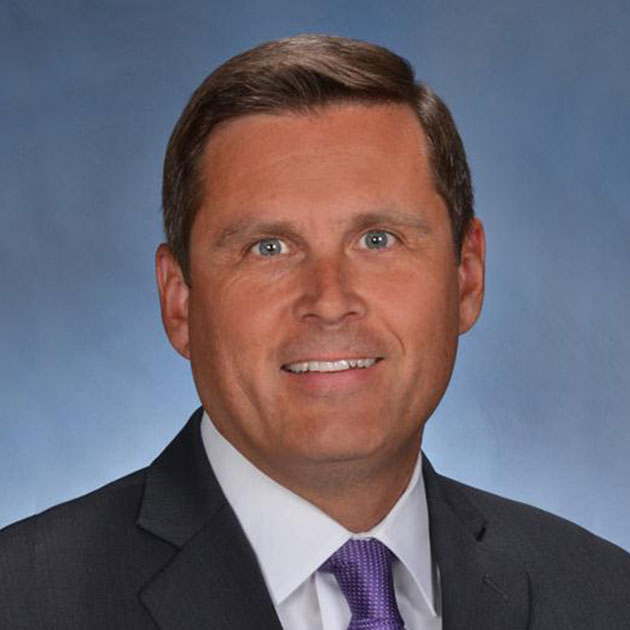
Phil Neighorn, BA’95, MBA’01
Managing Director, Central Zone Surety Practice, Leadermarsh USA
Phil Neighorn has more than 16 years of experience as an insurance professional and balances his time between working for Marsh USA, a global leader in insurance broking and risk management, and mentoring Jindal School students. He is committed to helping both audiences develop business strategies to successfully reach goals. Whether he is assisting an international client or providing advice to a promising student, he regularly shares his extensive industry knowledge. He also routinely uses the skills he developed while earning his undergraduate degree and an MBA from the Jindal School.

Sejal Desai, MBA’99
Program Director, Entrepreneurs for North Texas
Establishing the Desai Family Fellowship at Naveen Jindal School of Management is just one thing Desai has done to improve the lives of others.

Luis Ortiz, MBA’10
Brand Manager, North America Ericsson
As a young professional, Luis Ortiz found a way to further his company’s goals and initiatives while helping individuals in need. He developed a business initiative for Ericsson that not only met and surpassed company objectives but also helped a nonprofit organization. By looking beyond boundaries between for-profit and nonprofit organizations, Ortiz crafted a creative solution to help Ericsson increase its brand awareness while assisting the North Texas Food Bank.

Matthew A. Thompson, BS’12
Automation Marketing Manager, StructuredWeb
Matthew A. Thompson, who majored in marketing, moved to New York City soon after graduation. Once there, he landed a job at ALM, a specialized business news and information company largely focused on the legal community.

Chris Spartz, MBA’11
Senior Associate – Risk Consulting, Contract Compliance KPMG
At KPMG, Spartz serves in multiple roles including reviewing contracts between his clients and their third party service providers to identify risks within the agreement and help his clients to ensure compliance with contracts, standards, policies and regulatory requirements. “I also collect, manipulate, analyze and interpret large data sets, and use results to develop recommendations for corrective and preventative actions for identified risks,” Spartz says.

Bate Bate, MBA’03
Vice President And Senior Petroleum Engineer, Union Bank
Bate, vice president and senior petroleum engineer at Union Bank is experienced in the oil field and the corporate office. With more than 12 years in the oil and gas industry, Bate has a solid grasp on reserve estimation and reporting as well as field operations. He credits his time at the Jindal School as refining his understanding of organizational behavior and management, lessons he continues to utilize today.
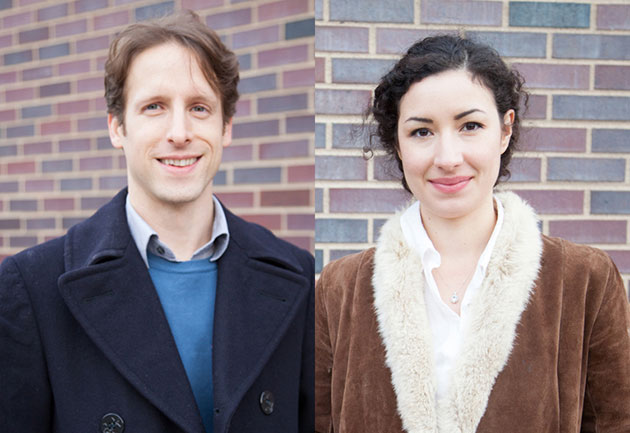
The Lanes
Giulia Ippolito Lane and Robert Lane
When Rob entered UT Dallas, he already held an undergraduate degree from University of Southern California. He eventually earned four additional degrees at UT Dallas.
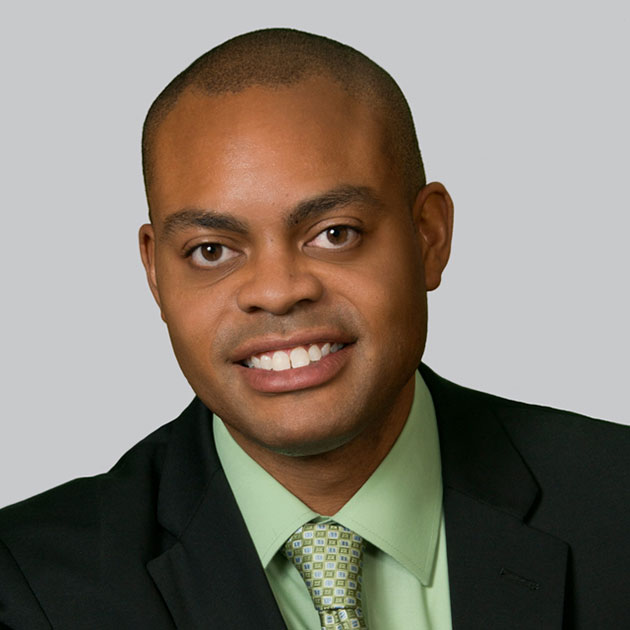
Gerald Youngblood, MBA’10
Director, North America Marketing Advanced Micro Devices
Gerald Youngblood, a graduate of the Professional MBA Online program, credits the Jindal School with preparing him to progress beyond the traditional business environment and into the wireless workplace. He now manages marketing and strategy development at Advanced Micro Devices, a multinational technology company that designs and integrates technology for intelligent devices, such as personal computers, tablets, game consoles and cloud servers.
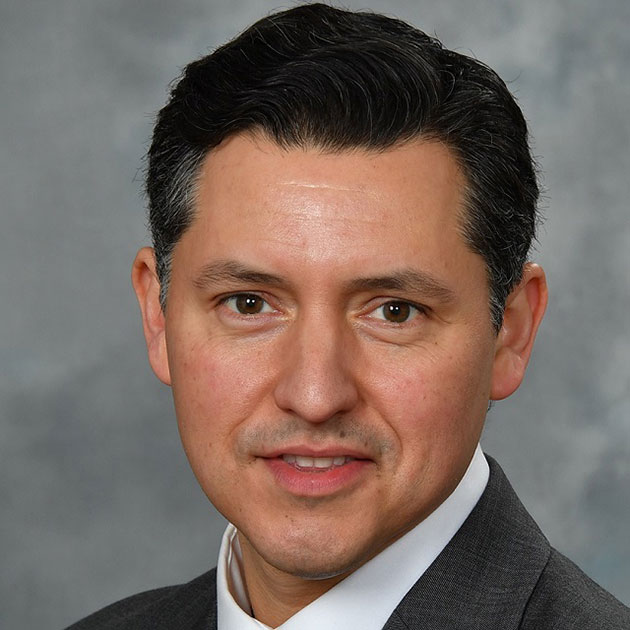
Frank Martinez, MBA’07, MS’14
Supervisor, Project Management Office; Federal Reserve Bank Of Dallas
Martinez, who started working at The Fed in 2011, keeps returning to UT Dallas and Jindal School to upgrade his skills.

Gaurav Shekhar, MS’16
Assistant Professor, Jindal School Of Management, Ut Dallas
After completing his master’s degree in Information Technology and Management, Shekhar stayed at UT Dallas as a staff member and instructor. He now is program director of the Jindal School’s MS in Business Analytics and an assistant professor of instruction for information systems coursework.
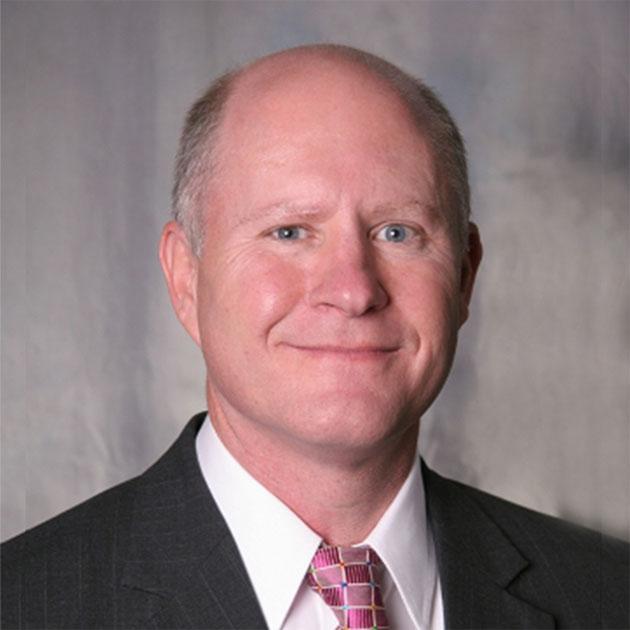
Scott Birnbaum, BS’84
Founder And President, Reclaimed Textiles Co.
Scott Birnbaum, a former CPA, founded a business that recycles items otherwise destined for the garbage heap. He established Reclaimed Textiles Co. (RTCM), which repurposes discarded textiles for new use. As president, he is active in all aspects of the company and constantly relies on skills learned while a student at the Jindal School. In addition to his 18 years in textile recycling, he has experience in defense manufacturing, transportation and publishing. Scott established RTCM based on his values regarding quality, innovation and customer focus, and he is committed to developing new means to repurpose used goods in the U.S. and in developing countries.
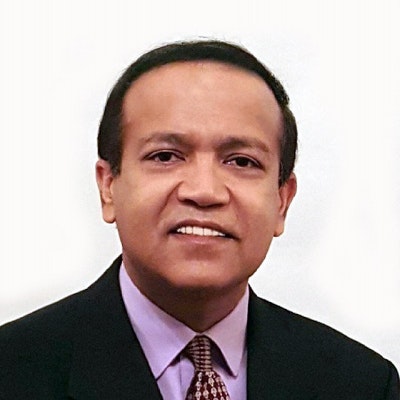
Abu Sadeq, BS’94, MS’99
CEO and CISO, Zartech Inc.
Sadeq earned two degrees at what is now known as Naveen Jindal School of Management. He received a BS/Business Administration and an MS/Management Information Systems. He eventually started Zartech, a Dallas-based consulting company, which helps clients with cybersecurity diagnostics and strategies and even provides experts for boards of directors facing cybersecurity questions or managing regulatory affairs.
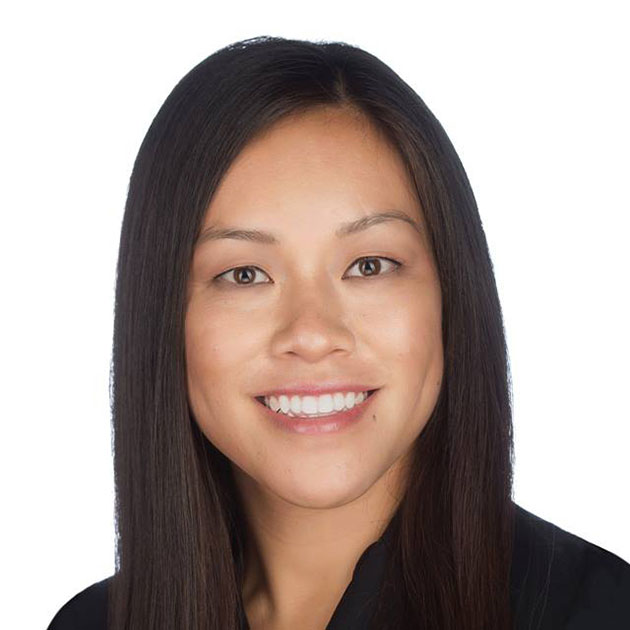
Mindy Tiu, BS’14
GE, Commercial Leadership Program
Mindy Tiu, now living in Stamford, Conn, fully embraced her time at UT Dallas by taking part in a broad range of campus activities.
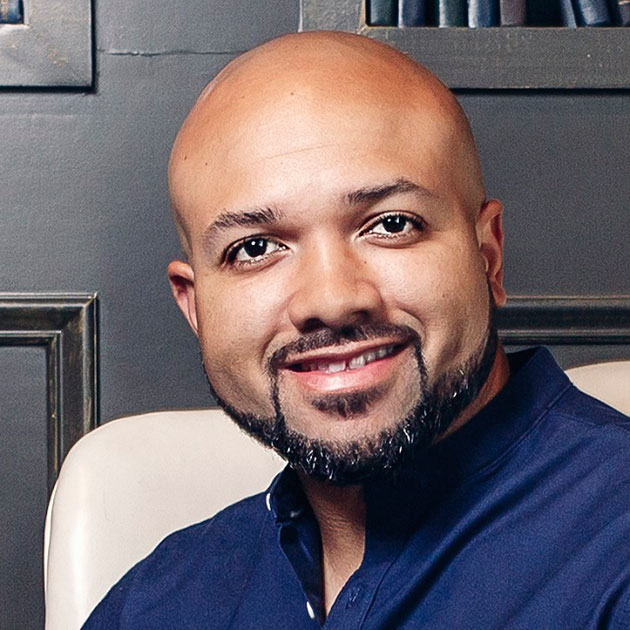
Abrahm “Abe” Turner, MBA’08
Performance Improvement Consultant; Insperity
I enjoy being part of the change continuum. I am often the catalyst for change in many of the groups I support.
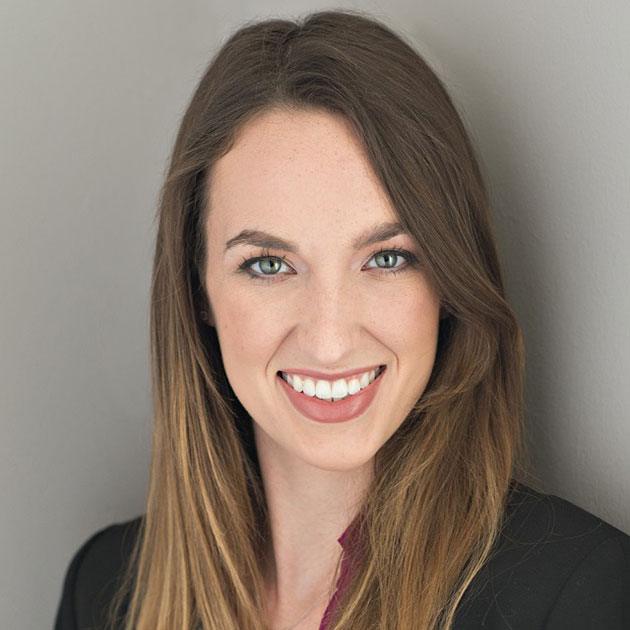
Kate Reagan, BS’15
Assistant Vice President, Business Development, Texas Capital Bank
In Reagan’s role at Texas Capital Bank, she leans on both degrees she earned at Jindal School – a bachelor’s degree in accounting and a bachelor’s degree in marketing. “I connect with business leaders in the Dallas community to hear their stories and see if Texas Capital Bank can help them achieve their company’s goals,” she says. “In school, I had no idea how accounting and marketing would fit together and if I could even find a role that would allow me to utilize both my degrees.

Eugene Gicheru, MD, MBA, FACEP, MBA’16
Chief Executive Officer, Careculture Health Partners
Several physician colleagues along with myself founded CareCulture Health Partners, where I serve as CEO.

Bradley Almond , MA’95
Chief Financial Officer, Executive Vice President Administration; Vertex Business Services
Almond, who lives in Dallas, has enjoyed a rich career that started with KPMG in 1989 in audit. He then returned to school to earn his MBA at UT Austin.

Corey Egan, MBA’10
Co-Founder And Ceo, Ilumi Solutions Inc.
Egan knows what it takes to transform a vision into a successful business. After working for several years in marketing and operations management, Egan along with Swapnil Bora, MBA’11, co-founded iLumi Solutions Inc., and designed an intelligent multicolor LED light bulb that is wirelessly controlled, programmable and customizable with a mobile application. In 2010, they won the UT Dallas Business Idea Competition that the Jindal School-based Institute for Innovation and Entrepreneurship sponsors every year, and they are committed to transforming and improving how we use lighting.
Info Grid and Stat Boxes
Depending on the type of data to be displayed on a web page, using the grid or statistic designs are available to feature chunks of information in a clean and visually-oriented format.
Info Grid
The info grid design is used almost exclusively to showcase student profile information, to give users an idea of the kinds of people currently or recently in a program. An Info grid uses either colored or bolded numbers to reinforce a piece of information.
Stat Boxes
In cases where the data is focused more on statistics or rankings, the stat box is the more suitable approach. Rather than using images, a stat box uses bold numbers or, sometimes, text to reinforce the message of the data. They are individually boxed up to keep information separated and easier to read.
See info grid belowClass Profile – Full-Time MBA Class of 2024
50
Class Size
Average Test Scores
675 GMAT
312 GRE
28
Average Age
Top Three Undergraduate Majors
Business, Engineering, Psychology
3.4
Average GPA
Origin
36% International
Countries represented: Angola, Brazil, India, Italy, Korea, Nigeria, Russia, Taiwan, Turkey and Vietnam
Notable MBA Rankings
no.12tied / no.33tied
Best Full-Time MBA Program
No. 12 (tied) among public university programs and No. 33 (tied) overall, U.S. News & World Report (2021)
no.1
Salary-To-Debt Ratios of MBA Graduates
U.S. News & World Report (2017), Top 10 Short List comparing salary-to-debt ratios of MBA graduates at ranked business schools
no.15
Among U.S. Public University Programs
Best Business Schools 2019, Bloomberg Businessweek
no.36
Overall Among U.S. Schools
Best Business Schools 2019, Bloomberg Businessweek
no.6tied
Among Best Online MBA Programs
U.S. News & World Report (2019)
no.10tied
Among Public University Professional MBA Programs
U.S. News & World Report (2020)
no.17
Overall Among U.S. Professional MBA Programs
U.S. News & World Report (2020)
no.18 / no.1
Best Business School for Networking
No. 18 nationally and No. 1 in Texas, Bloomberg Businessweek
We believe that having small, intimate programs in a big school optimizes your opportunity to meet and connect with the people who will become your lifelong social and professional network.
Charts
This template allows for embedding and customizing Google Charts to create graphic displays. The three charts most frequently used are:
- Bar graphs
- Pie charts
- Maps


